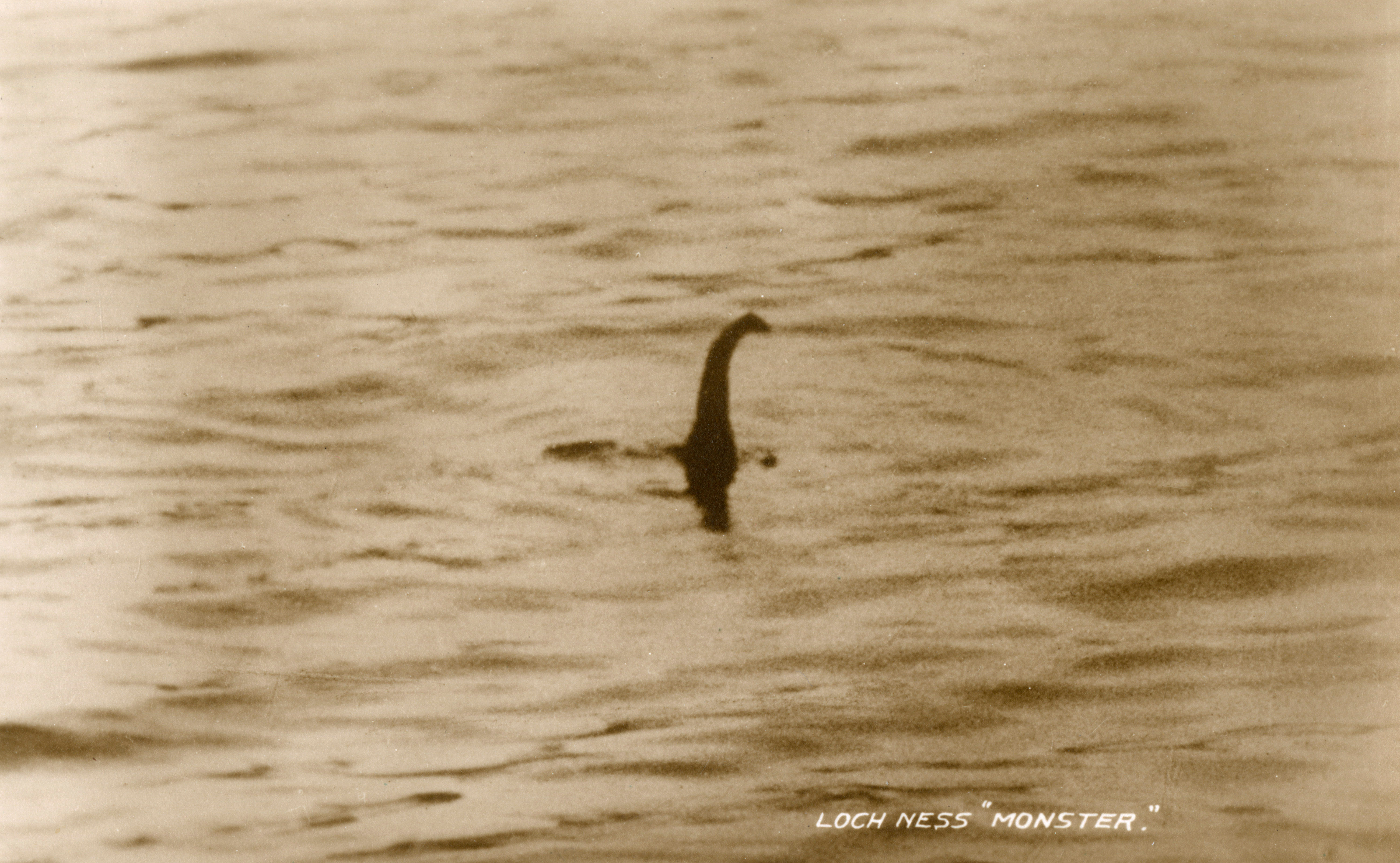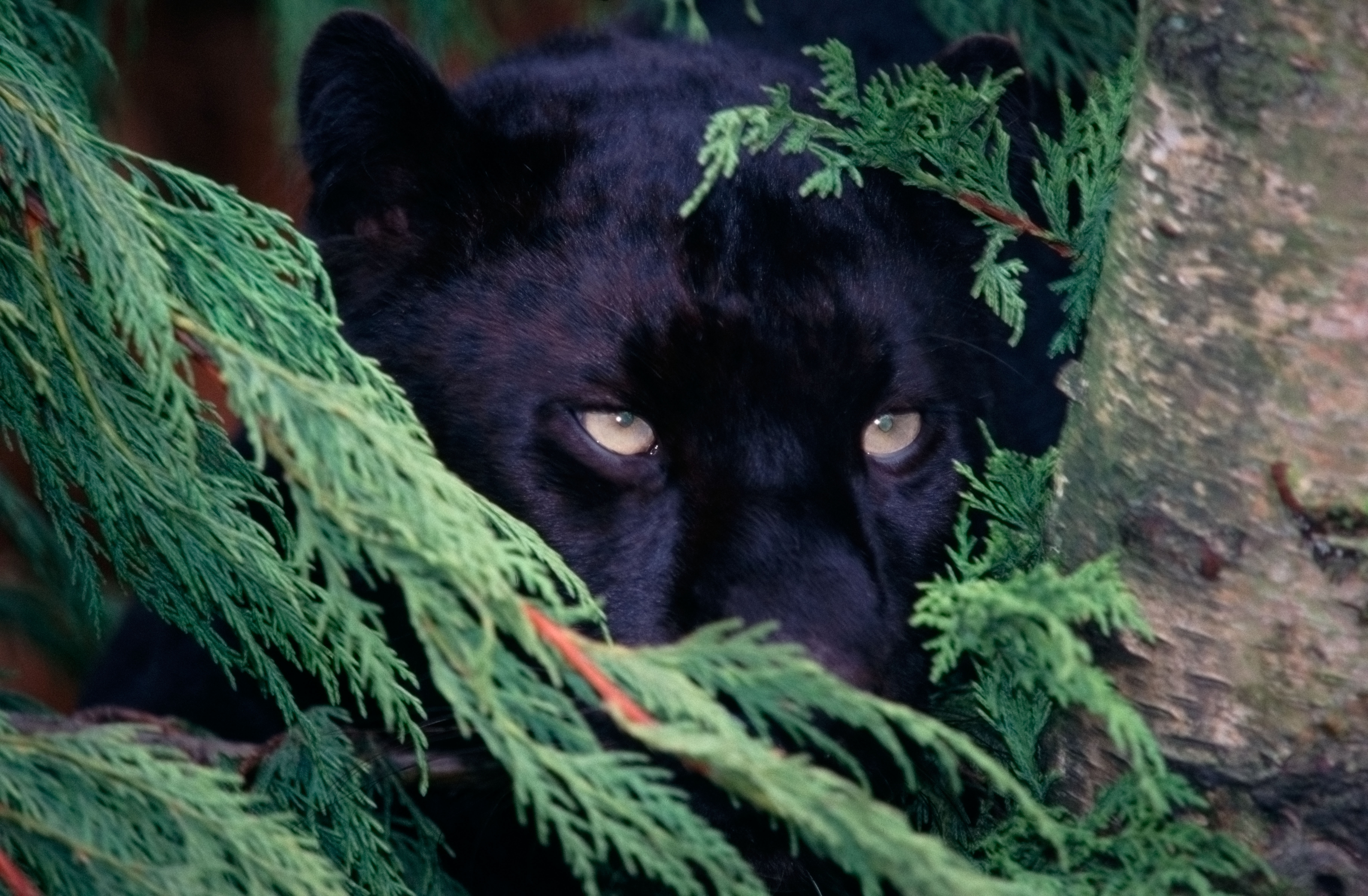Loch Ness Monster isn't a dinosaur, say scientists — but it might it be a giant eel
After examining 500 million DNA sequences, researchers from New Zealand's University of Otago found no evidence to support popular Loch Ness monster theories — but they think it's plausible Nessie could be an overgrown eel


Forget long-lived dinosaurs, over-size sturgeons or giant catfish: the mythical Loch Ness monster may have just been a very big eel. Scientists at the University of Otago, in New Zealand, came to the rather mundane conclusion after examining DNA found in the Scottish landmark’s water.
Professor Neil Gemmell and his team of geneticists had set out to index the loch’s aquatic life by extracting the DNA from water samples. They examined more than 500 million sequences and found ‘absolutely no evidence' of any reptilian life in the samples.
This put an abrupt end to the much-cherished idea that the monster may have been a plesiosaur that had magically survived for 65 million years. ‘We can be fairly sure there is not a giant, scaly reptile swimming around in Loch Ness,’ Prof Gemmell said at a press conference in Drumnadrochit, Scotland.
He was just as quick to dismiss other treasured theories that Nessie may have been an sturgeon or giant catfish. ‘There may be giant catfish in Loch Ness but we didn’t detect any of them.' Nor did they find 'any evidence of sturgeon in the DNA samples, so that seems unlikely.’

And although Prof Gemmell was quick to point out that ‘absence of evidence doesn’t mean evidence of absence, so there may be a monster there,’ he was equally adamant that his team didn’t find it.
What the Otago scientists did find, however, was ‘large amounts’ of eel DNA. ‘Every single site we went to had eels. The sheer volume was a bit of a surprise. Is it possible that what people are seeing is a giant eel? Maybe.’
The DNA, Prof Gemmell continued, could have just come from a sizeable number of small eels but it might also belong to a giant one inhabiting the loch. ‘It’s plausible that there might be one or two that grow to extreme size,’ he said. ‘Therefore, we can’t discount the possibility that what people see and believe is the Loch Ness Monster might be a giant eel.’
Sign up for the Country Life Newsletter
Exquisite houses, the beauty of Nature, and how to get the most from your life, straight to your inbox.
Indeed, he added, the notion that enormous eels may live in Loch Ness is not entirely novel — it was already put forward in the 1930s to explain the Nessie sightings. ‘It’s something we could plausibly test further,’ said Professor Gemmell ‘So that’s the hunt. The hunt is done, at least for now.’
From plesiosaur to slippery fish may be a bit of a downgrade but, at least, it would mean Nessie is (somewhat) real.

Young film-makers set out to solve the mystery of Big Cats roaming Southern England
Carla must be the only Italian that finds the English weather more congenial than her native country’s sunshine. An antique herself, she became Country Life’s Arts & Antiques editor in 2023 having previously covered, as a freelance journalist, heritage, conservation, history and property stories, for which she won a couple of awards. Her musical taste has never evolved past Puccini and she spends most of her time immersed in any century before the 20th.
-
 The finest interiors in Edinburgh? A seven-bedroom townhouse furnished by Robert Kime comes to market
The finest interiors in Edinburgh? A seven-bedroom townhouse furnished by Robert Kime comes to marketSituated on one of the New Town's grandest terraces, this four-storey property is a collector's dream.
By James Fisher Published
-
 Is anyone more superstitious than a sports star?
Is anyone more superstitious than a sports star?When it comes to worrying about omens and portents, nobody gets quite so worked up as our sportsmen and women.
By Harry Pearson Published